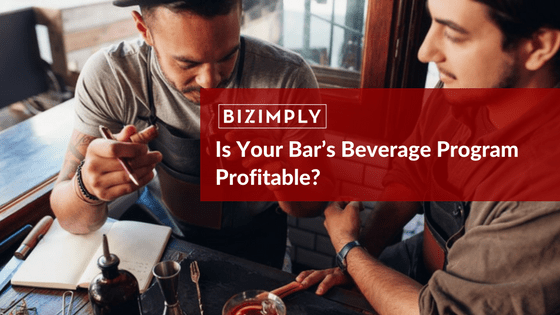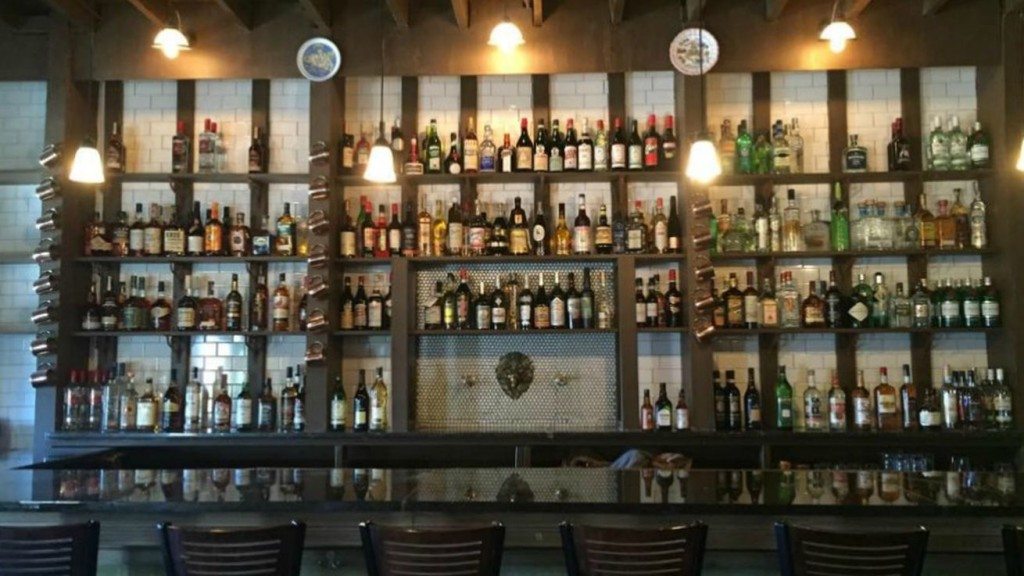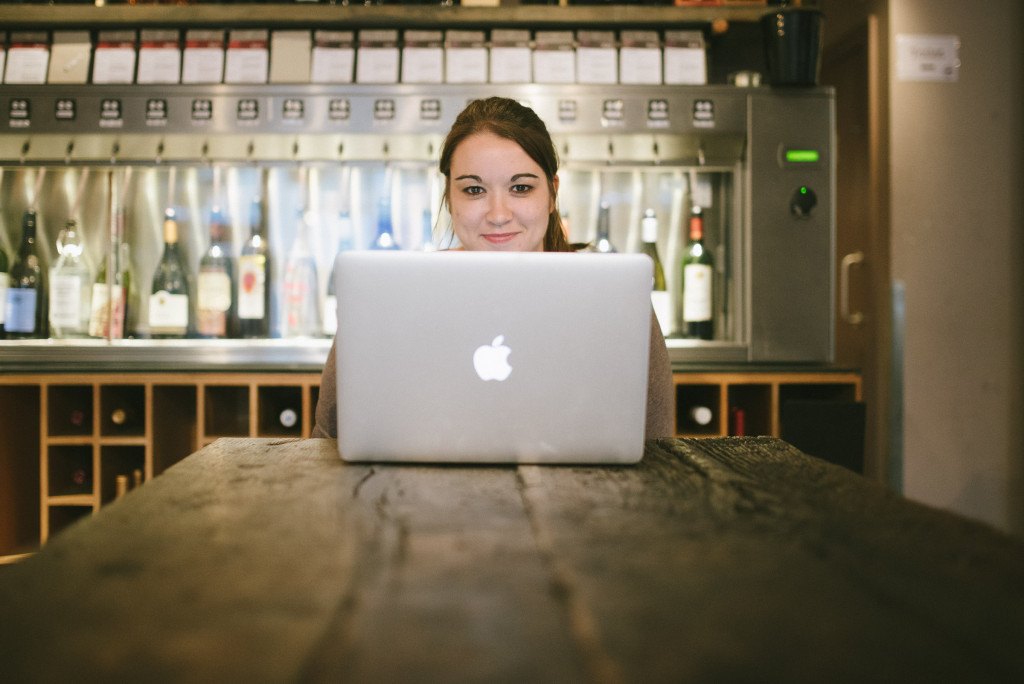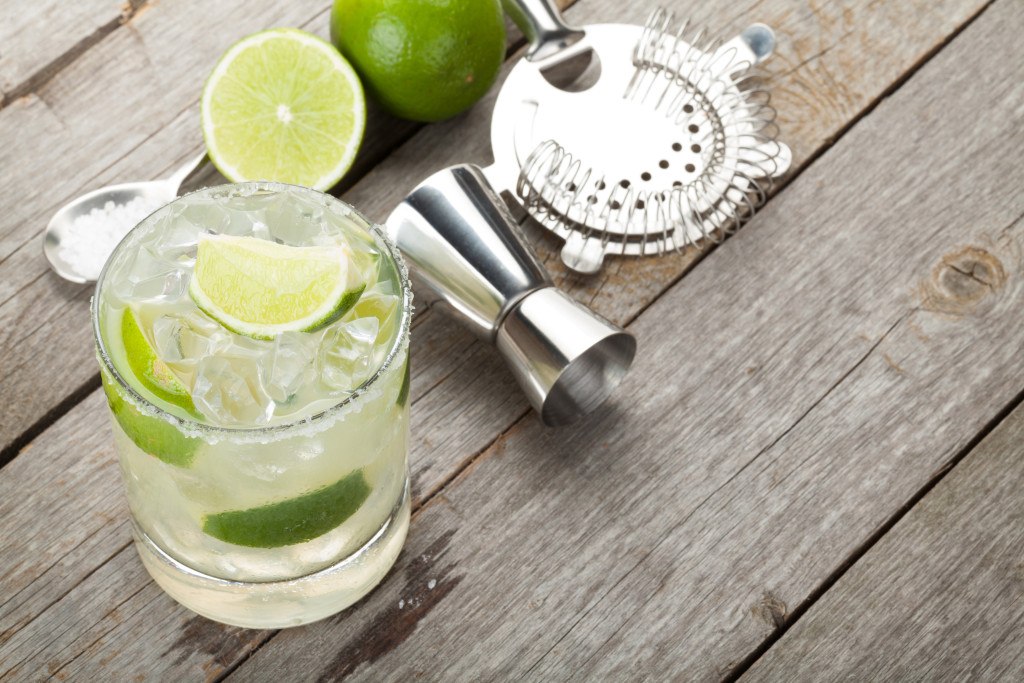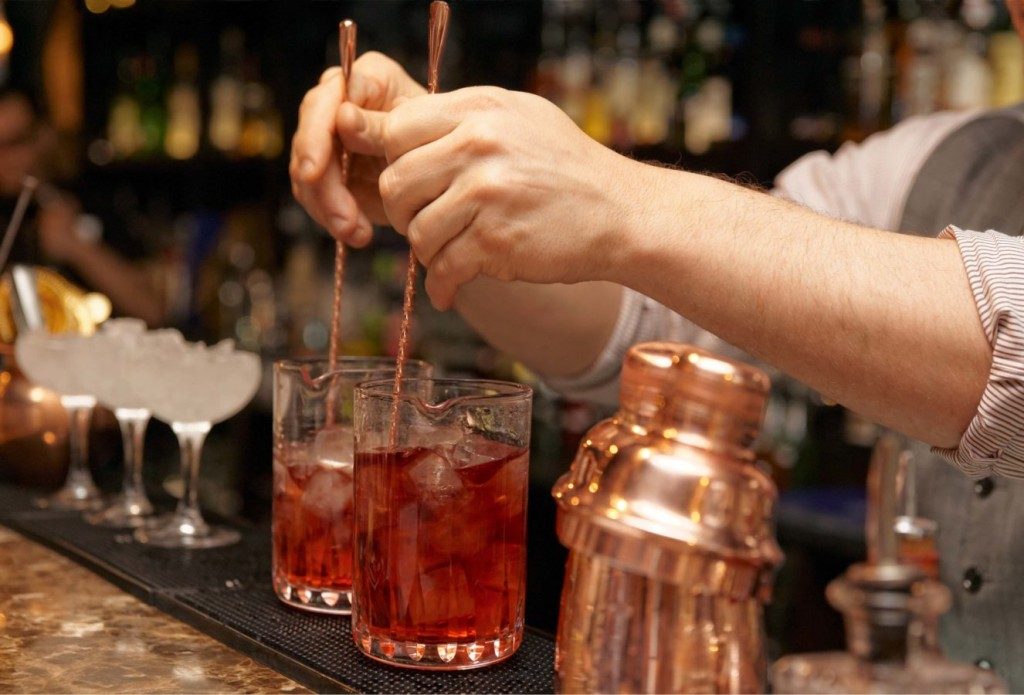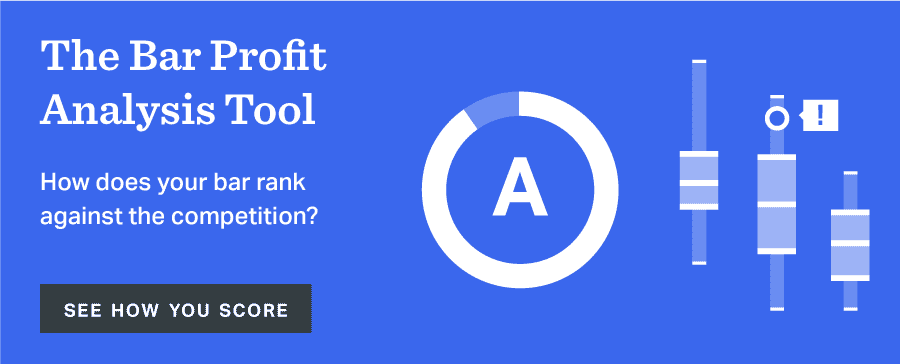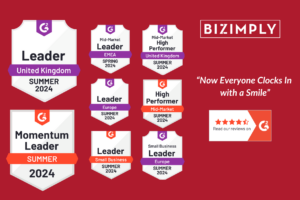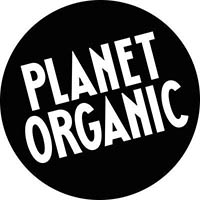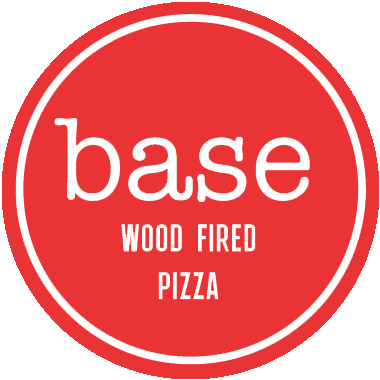This article was written by Rachael Perry, BevSpot’s Content Manager. BevSpot is a bar management software platform for inventory, ordering, invoicing and unlocking your bar’s sales data. So you can grow your business faster—from anywhere.
Running a successful bar or restaurant is a complex job, especially when it comes to understanding the numbers behind your beverage program—and how they influence profitability.
As a bar owner or operator, you must have visibility into how your products are performing, products that are missing, average pour costs, product popularity and how much time your staff is spending on tasks like taking inventory and calling in orders. Then comes deciphering the critical information hidden inside your POS system.
Let’s say you know the numbers, and you’ve created a process where monitoring and adjusting them is easy (and if you’re achieving this with a pen-and-paper system, we’re impressed!).
But how do you know if your bar’s numbers are successful? In the bar and restaurant industry, where access to great data is lacking, how can you be sure the numbers you’re running on are adequate, compared to the industry-wide competition?
First, let’s take a look at the metrics you need to understand in your beverage program. Then, we’ll show you how to compare these numbers to other bar and restaurant averages across the industry.
Efficient Inventory Practices
Properly counting and controlling inventory is the first step in understanding how your bar is performing financially. And this inventory process should be examined on a regular basis.
Examining usage numbers—broken down by category, brand and distributor—should be done to identify variance, calculate profit margins, make better purchasing decisions and determine your top- and bottom-performing products.
Thinking about inventory in terms of efficiency is a fundamental first step in effectively managing it. You might know how much your inventory is worth, but do you know how many weeks’ worth of usage that inventory represents?
Sitting inventory can often be overlooked as profitable products waiting to be sold. While the ultimate hope for all sitting inventory is that it will (at some point) convert to sales, the simple fact is that until it does, it represents a valuable component of your business sitting on the shelf.
Of course, each establishment’s optimal sitting inventory level will depend on the type of bar or restaurant you’re running, as well as the type of inventory you’re managing, but the most successful businesses we’ve seen sit on less than 1.5 weeks of beer inventory, 4 weeks of spirit inventory and 3 weeks of wine inventory. Less weeks’ worth of sitting inventory means more money in your pocket. And managing this balance is the key.
Optimized Ordering
In order to determine whether or not your ordering processes are helpful in running a profitable bar, you need to look at your sales figures to determine which products work and which don’t. Creating a bar profitability matrix—breaking down your product sales into high sellers, slow sellers, high profit and low profit—is an easy way to identify which products should and should not be on your next liquor order.
Observing fluctuating liquor prices and identifying the products that work for your establishment, market and customer base are big parts of smart ordering. What kind of profit could you make on these products? Where would they compare to the price brackets of your menu? Could you switch any high-cost liquors for more affordable products?
Managing Pour Costs and Drink Prices
The difference between a profitable beverage program and a failing one can come down to monitoring pour costs. Over the course of a year, and depending on the size of your bar program, a difference in 2-3% can mean big bucks for your business. But if it’s mishandled, 2-3% can mean a lot of loss, too.
A drink’s pour cost is calculated by taking the cost of the product used and dividing it by the cost of the product sold. Or, more simply, your inventory usage divided by your sales.
Average pour costs across the industry are said to sit at around 25-30%, but in our research we’ve found that the best-performing bars are at or below 20% for beer, 14% for spirits and cocktails, and 22% for wine.
Your pour cost will be affected by several different factors—the cost of the drink, the price of the drink, and how much variance you’re running on—and keeping an eye on it is crucial to running at a low-cost point.
Reducing Variance
Otherwise known as product loss or shrinkage, variance—and how you track and manage it—can have a huge affect on your bar’s bottom line.
Bar managers calculate variance by identifying the difference between the amount of product they’ve sold over a given period of time and the amount of product used over that same period. Calculating variance, and factoring in these numbers to other bar management metrics like pour costs, is the only way to really know where your product (and potential profit) is going.
Think your variance is sitting at a pretty low level? Knowing how your variance compares to the industry-wide competition is critical to truly understanding if your bar’s product variance is healthy or not.
Reconciling Sales Data
Without access to the valuable information hidden inside your POS system, without the $ figures to compare all of these numbers to, it’s difficult to know the meaning of all your other metrics.
Almost any POS system, no matter how old, should provide you with a PMIX report, a menu-item report, or a daily sales report. In addition to these reports, which most businesses use to analyse their day-to-day sales numbers, there’s valuable data that can tell you a lot about the profitability of your beverage program.
After calculating your inventory, ordering and invoicing data, you’ll use these reports to look at things like item price, revenue, profit percentage and sales volume for all your products. And once you’ve identified the pour cost for each of your products, you can compare this to the drink’s sales volume, found on these reports, to identify product popularity, cost, sales and profit.
So, how do these numbers compare to your neighbour’s?
These five beverage program metrics will tell you a lot about the success of your business. But once you’ve identified all of these figures for your beverage program, how do you know if they’re any good?
To help professionals in the bar and restaurant industry compare their numbers to industry averages, we created the Bar Profit Analysis Tool—a free tool that looks at your bar’s sitting inventory, pour costs and annual sales figures and spits out a beverage program score with personalised recommendations on how to improve it.
Find out how your bar measures up.



